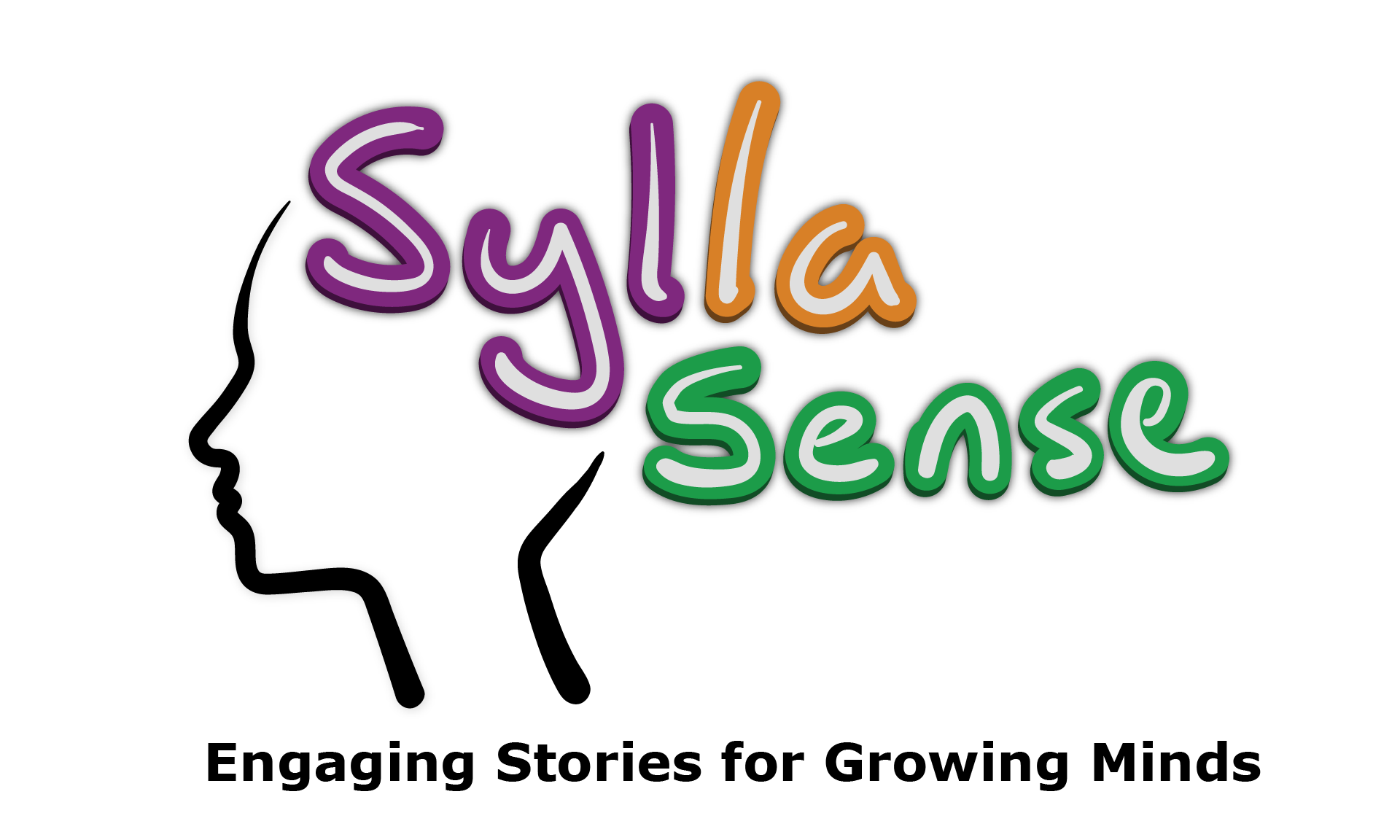Recess - Tip Sheet

- IT IS ESSENTIAL TO PRE-TEACH THE CONCEPTS INTRODUCED IN EACH BOOK PRIOR TO READING! -
|
Recess - Teacher Tip Sheet Blue Series - Book 5 - Recess |
||||||||||||||||
|
Grapheme/Phoneme Correspondence |
Tips and Activities to Try |
|||||||||||||||
|
Introduced in This Book
Previously Introduced Vowels
Consonants
Digraphs/Trigraphs
Additional Concepts
|
Key Concepts to Understand
Words and Phrases for Reading and Writing Here is a list of words that can be used for phonemic awareness activities, reading, dictation, games cards, etc.:
Provide students with the following (unsorted) words:
Ask students to sort the following words based on these two categories. Have them investigate when <c> is soft vs when <c> is hard. Prompt: “Circle the grapheme that comes after the <c>.”
Here are phrases that can be used for reading and/or dictation practice. These phrases can be combined to create sentences.
You can differentiate for your students by dropping some of the words in these phases (e.g., “Clay and Chance” can just be “Clay”). |
|||||||||||||||
|
Morphology |
Tips and Activities to Try |
|||||||||||||||
|
Key Concepts to Understand
Activities to Try
Note: It is important to ask students to cover the suffix with their finger in order to focus on the base when consonant clusters are in final position and have an attached suffix. When reading drifting, ask students to cover the <-ing> and read drift, ask them to release their finger and reread the entire word with the <-ing>, drifting. |
|||||||||||||||
|
Comprehension Corner - Recess |
||||||||||||||||
|
Vocabulary Development
Making Connections
Inferencing
Retelling/Summarizing
|
||||||||||||||||
Tip Sheet written by Shari Kudsia and Helen Maclean - April 2023 - ©SyllaSense Inc.
